From Bonn to Berlin: the travels of an embassy
The British Embassy in Germany moved three times in the last century, only to return to the site of the first British Embassy to a united Germany, established in 1876. This is the story of those moves and a glimpse at the art in those embassies.

Dancing Columns, a sculpture by Tony Cragg, and behind Wall Drawing (for the British Embassy) by David Tremlett can be seen in the atrium at the British Embassy in Berlin © Crown Copyright
The Residence of the British Ambassador to West Germany, Bonn
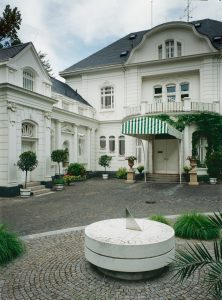
Ian Hamilton Finlay’s commissioned Sundial transformed the front garden in 1979 © Crown Copyright
The architecture of the Residence in Bonn combined Art Nouveau (Jugendstil) and classical elements. Originally built in 1904 for Fraulein Johanna Cappel by the architect H. Plange of Wuppertal-Elberfeld, the building was requisitioned in 1945 and used by the American Forces as a transit camp. It then became the Residence of the American High Commissioner Mr McCloy. The Ministry of Works bought the building for the British Government in 1952, and after a period of improvements it became the British Ambassador’s residence in 1955.
More development ensued, with a detached tea house demolished to make way for a dining room, an extension to the kitchen and staff quarters and the conversion of the small Aubusson drawing room into a library in 1978. In 1979, while Sir Oliver Wright was Ambassador to West Germany, the front courtyard was redesigned to accommodate a sundial by the British artist, Ian Hamilton Finlay. The 1980s saw further renovation projects, with the restoration of the main guest bedroom to its original oval shape and the paving and replanting of the forecourt. In 1989, the music room was refurbished and redecorated, with the installation of Albert Irvin’s painting Nightsong (1970) determining the colour scheme devised by Katrina Black for the music room.
Some of the art works on display in the building throughout its function as an ambassadorial home up to 1999.
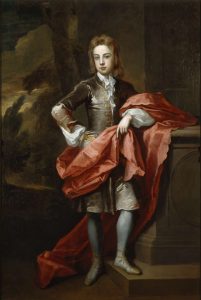
Sir Godfrey Kneller’s painting of James Vernon (1667-1756) as a Boy, c. 1690-7 © image: Crown Copyright
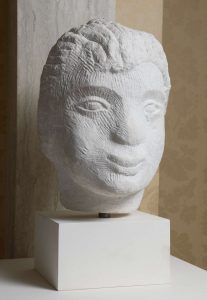
Henri Gaudier-Brzeska, Head of a Boy, 1912 © image: Crown Copyright
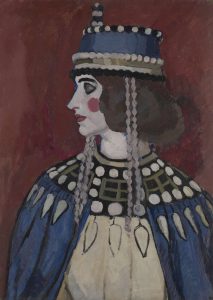
Vanessa Bell, Byzantine Lady, 1912 © Estate of Vanessa Bell, courtesy Henrietta Garnett

Kenneth Armitage, Two Chairs and a Stool, 1948 © Jonathan Clark Fine Art / Estate of the Artist
The British Embassy, Berlin
In 1876, Lord Odo Russell, the first British Ambassador to a united Germany, acquired the former Palais Strousberg at 70 Wilhelmstrasse to serve as the Embassy. The building was witness to much political instability, which was compounded by British-German relationships in the early 20th century. Finally, the Second World War saw the destruction of the building by RAF bombs on 22-23 November 1943.
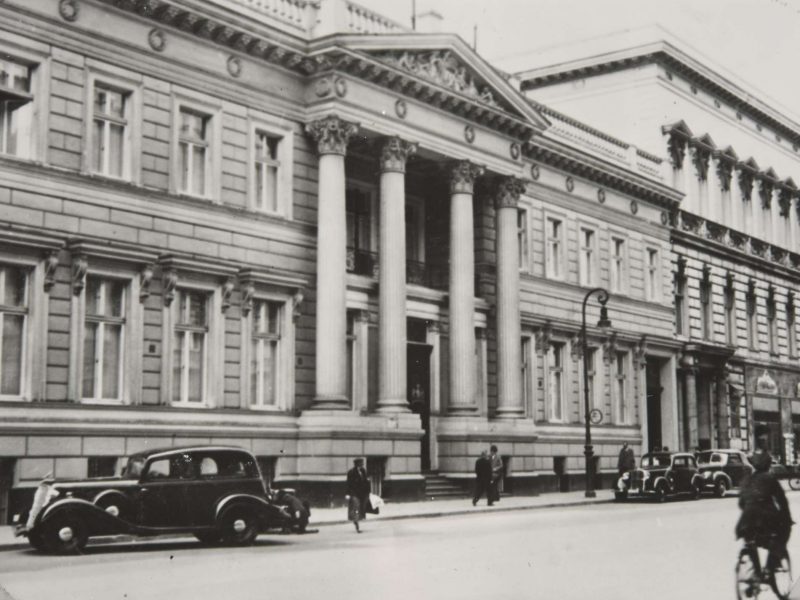
British Embassy, 70 Wilhelmstrasse c. 1935 © Crown Copyright
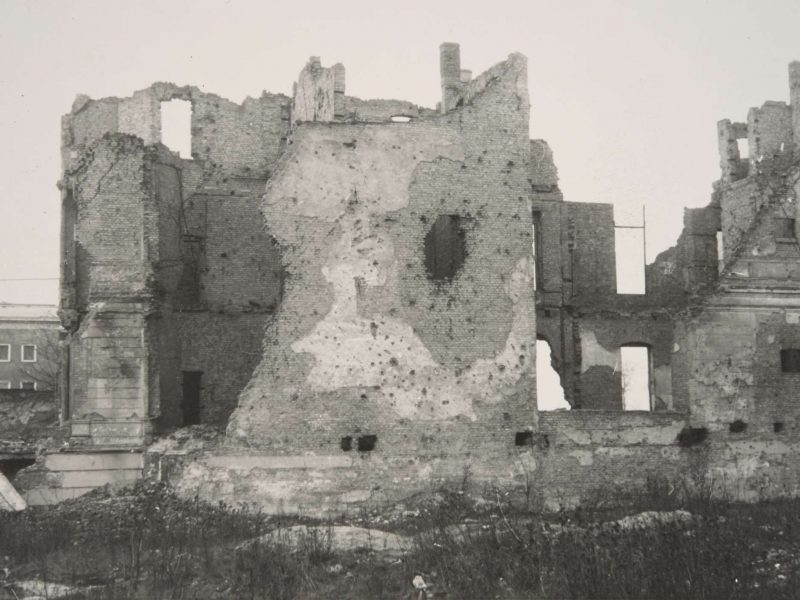
Destroyed. The rubble of the Embassy building at 70 Wilhelmstrasse in April 1954 © Crown Copyright
By the end of the War, Berlin was a divided city. While the British Embassy moved to Bonn, the British Consulate-General re-established itself at 7-8 Uhlandstrasse, in West Berlin. The old embassy building at 70 Wilhelmstrasse was now in East Berlin, the capital of The German Democratic Republic. Diplomatic relations between the UK and East Germany were not established until 1973.
With the reunification of Germany on 3 October 1990 the Bundestag voted to move the seat of government back to Berlin. Britain was one of amongst 150 embassies electing to make the move from Bonn to Berlin and plans were made for a new purpose-built Embassy building in the old capital on very same site of Britain’s first Embassy in Berlin, at 70 Wilhelmstrasse. On 21 October 1992, HM Queen Elizabeth II unveiled a plaque recording her visit to ‘the site of the future British Embassy to Germany’. The Foreign and Commonwealth Office held an international architectural competition in 1994 to invite proposals for the design of the new embassy building on this site. Submissions were restricted to British architects who had experience working in Germany, and German architects who had experience working in the UK.
The contract went to Michael Wilford and Partners whose proposal sought to symbolise not only cooperation between Germany and the United Kingdom, but also an ‘openness’, with a striking post-modern façade. The British Ambassador moved from Bonn back into full diplomatic residence in Berlin on 3 September 1999, the 60th anniversary of the outbreak of the Second World War. The new Embassy officially opened on 18 July 2000.
Read more about the art in this building at ‘An introduction to the art on display in the British Embassy in Berlin‘ on the Foreign & Commonwealth Office website.
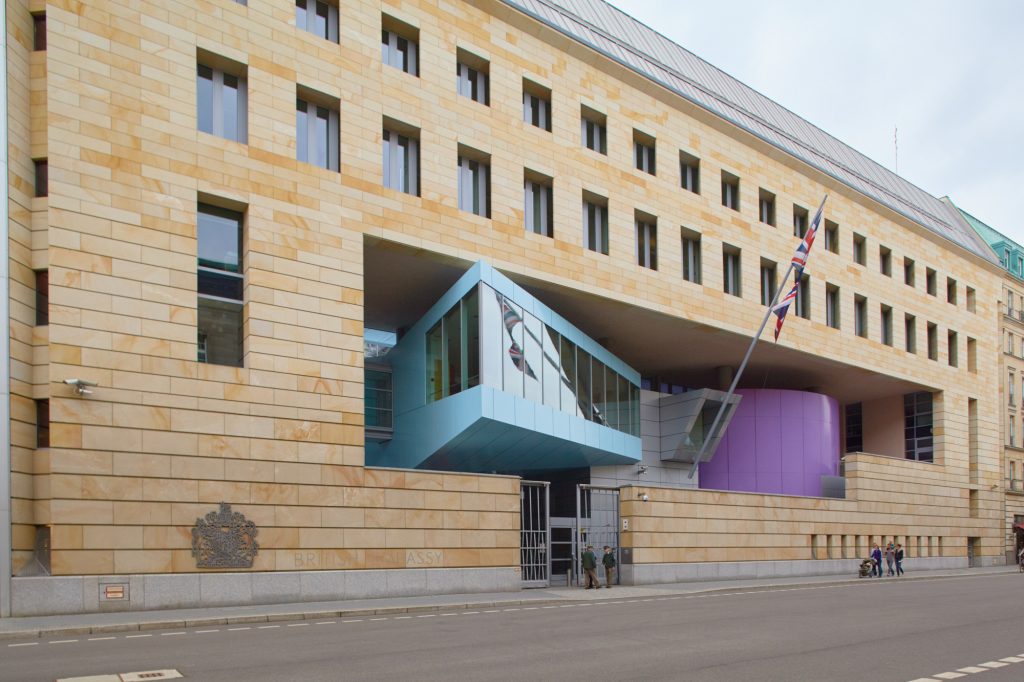
The British Embassy Berlin © Crown Copyright

Depositing a bag in the cloakroom becomes an artistic experience with the presence of Flambeau, Peter Sedgley’s kinetic sculpture. Peter Sedgley, Flambeau, 1999 © Peter Sedgley
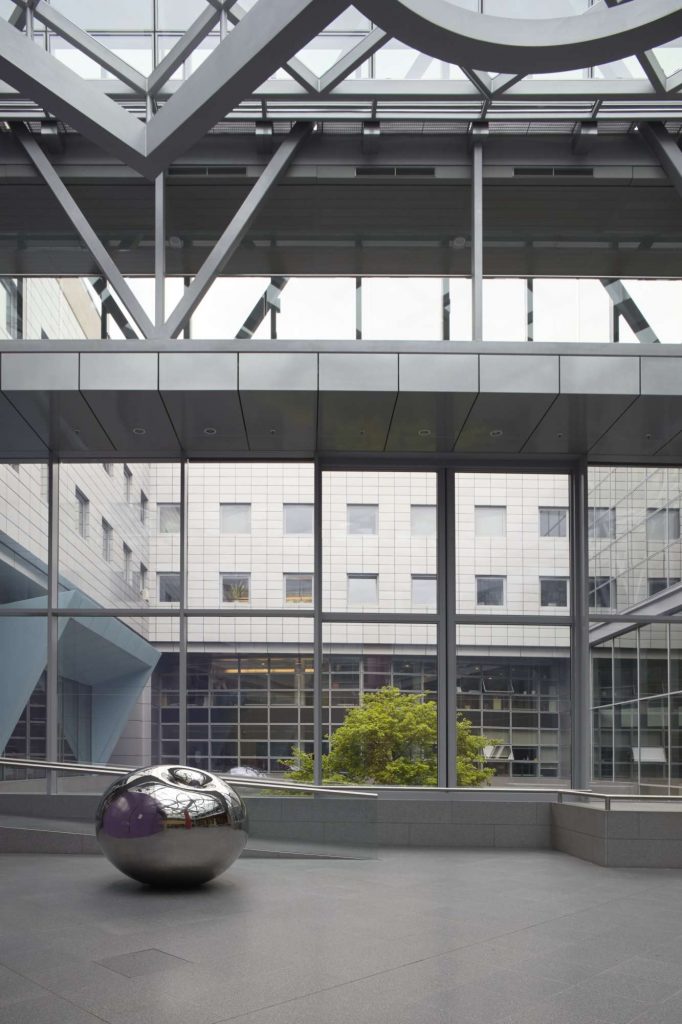
Turning the World Inside Out by Anish Kapoor, Stainless steel sculpture, 1995, in the atrium at the British Embassy, Berlin © image: Crown Copyright
Written by Dr Claire FitzGerald, Curator (Modern and Contemporary)